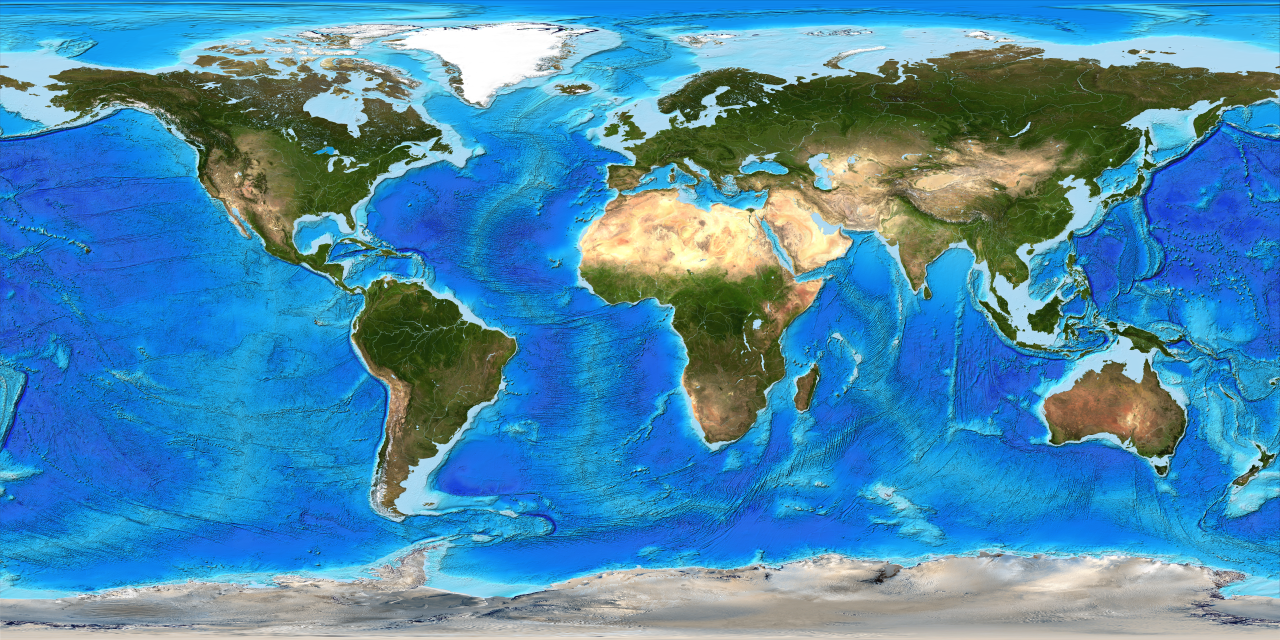Chapter 1 Introduction to Geography
By Soresa Getacho
Most individuals define geography as a field of study that deals with maps, yet this definition is only partially correct. A better definition of geography may be the study of natural and human-constructed phenomena relative to a spatial dimension.
The Greek word geographos from which geography is derived, is literally translated as writing (graphos) about the Earth (geo). Geography differs from the discipline of geology because geology focuses mainly on the physical Earth and the processes that formed and continue to shape it. On the other hand, geography involves a much broader approach to examining the Earth, as it involves the study of humans as well. As such, geography has two major subdivisions, human (social science) and physical (natural science).
Physical Geography is the study of our home planet and all of its components: its lands, waters, atmosphere, and interior. In this book, some chapters are devoted to the processes that shape the lands and impact people. Other chapters depict the processes of the atmosphere and its relationship to the planet’s surface and all our living creatures. For as long as people have been on the planet, humans have had to live within Earth’s boundaries. Now human life is having a profound effect on the planet. Several chapters are devoted to the effect people have on the planet. Human geography is a social science that focuses on people, where they live, their ways of life, and their interactions in different places around the world. A simple example of a geographic study in human geography would be where is the Hispanic population concentrated in the U.S., and why?
The journey to better understanding Earth begins here with an exploration of how scientists learn about the natural world, along with understanding the science of geography.

